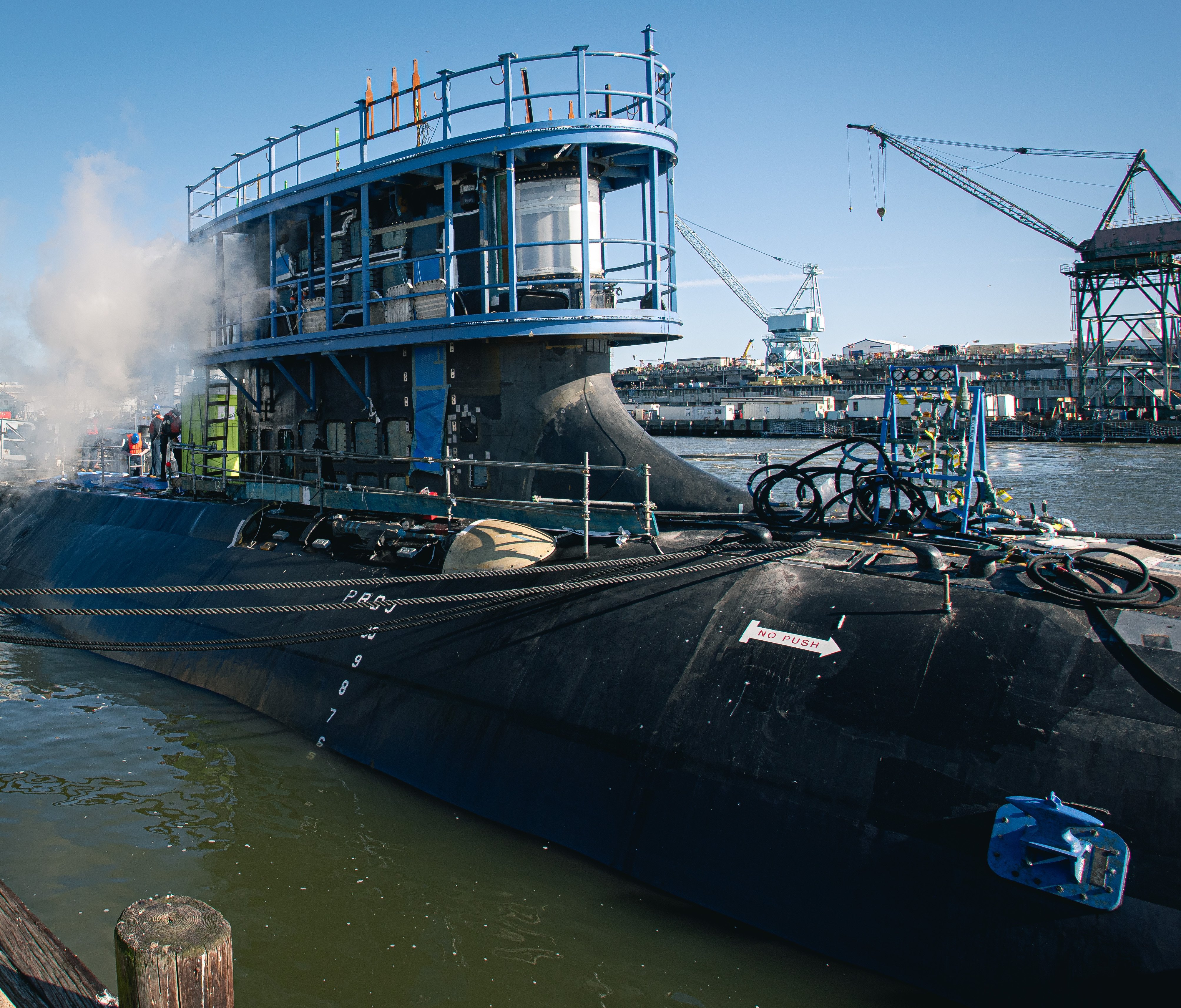
Jay Stefany to Lead Navy’s New Maritime Industrial Base Program Office
The Navy is standing up a new maritime industrial base program office and has tapped one of its career civil servants to take the helm.…

Copyright 2024 U.S. Naval Institute. All Rights Reserved.